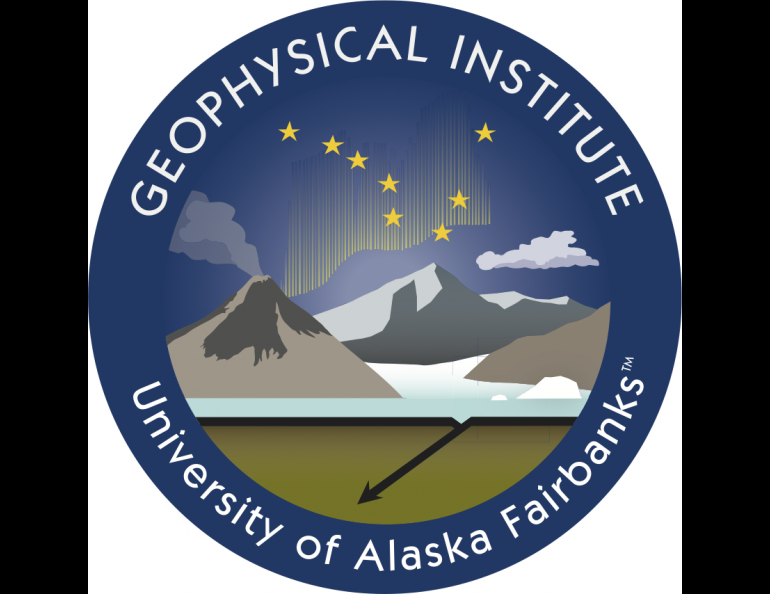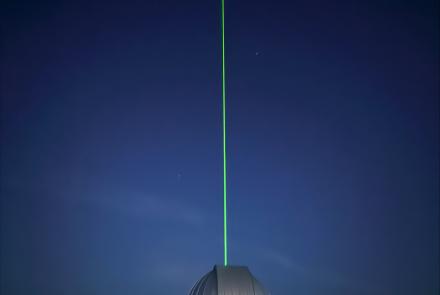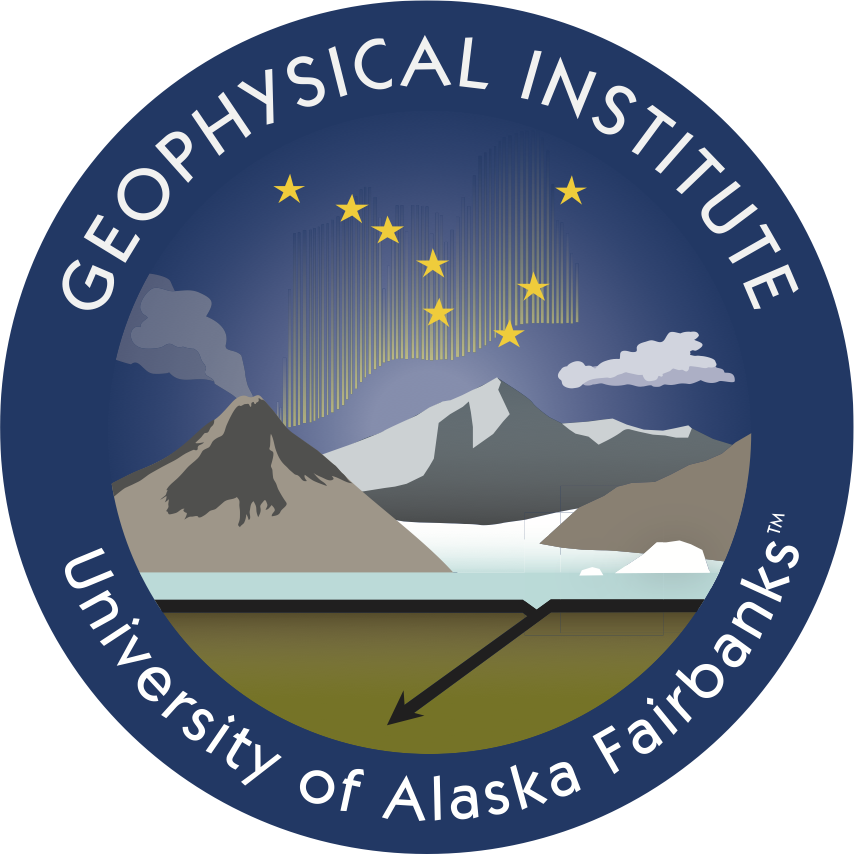
Geophysical Institute important to Alaska
This article was originally published in the Fairbanks Daily News-Miner.
The Geophysical Institute at the University of Alaska Fairbanks was created by Congress at the end of World War II as a permanent research station focused on the Arctic. Since then the GI has been a world leader in Arctic research as GI faculty study the Earth and space, discovering new knowledge, solving old problems, and educating new generations of scientists and leaders — many of whom stay in Alaska.
While the GI has an outstanding international reputation for innovation and scholarship, there is another side of research in the GI, and elsewhere on the UA campuses, involving service to the Fairbanks North Star Borough, the state and the nation.
Alaska is a state with significant natural hazards and limited infrastructure. When the 7.1 magnitude earthquake shook Anchorage, seismologists in the GI’s Alaska Earthquake Center quickly characterized the event as part of their job to monitor the 43,000-plus earthquakes annually in Alaska. Staff and faculty from the Alaska Volcano Observatory, in partnership with the Alaska Division of Geological and Geophysical Surveys and the United States Geological Survey, spend summers repairing and replacing sensors on stations around the state that are used to monitor volcanic activity in Alaska and issue warnings.
In the past few days the Semisopochnoi volcano near Shemya has started rumbling, and the volcanologists are watching closely to provide warnings if necessary. When the Coast Guard icebreaker Healy escorted the tanker Renda to deliver emergency fuel to Nome, they called upon the GI’s Alaska Center for Unmanned Aircraft System Integration — ACUASI — and sea ice experts to help guide both ships to a safe location to unload fuel. National Public Radio recently related a story about an effort to rescue an entrapped right whale in the Saint Lawrence Seaway.
For the past three years, ACUASI has been helping Transport Canada by flying unmanned aircraft there to watch for whales and warn shipping. ACUASI flew multiple emergency missions in Alaska to help firefighters find hot spots when it’s too smoky for aircraft, or helped the borough find lost hikers, and helped the Fairbanks Police Department document crashes on the Richardson Highway. On the national scene, ACUASI is showing the Federal Aviation Administration and NASA how to merge unmanned and manned airspaces and show commercial companies how to fly unmanned aircraft safely in Alaska.
Upon request, the Coast Guard received satellite data to help guide them to a sailor trapped in the Arctic. When the Air Force found the 1952 Mount Gannett C-124 crash on the Colony Glacier, GI glaciologists provided the information needed for them to decide to act quickly, and the Army National Guard was able to retrieve bodies before the glacier dumped the aircraft into Lake George. After mudslides killed several people in Sitka, GI scientists worked to arrange fly-overs of a NASA radar aircraft to make sure the land was stable. For more than 50 years, the GI has helped NASA and the Defense Department launch rockets from Poker Flat Research Range to study the upper atmosphere and aurora. The Alaska Satellite Facility downlinks 40% of NASA’s polar orbiting satellite data and is working with many small satellite providers to collect their data from space as their satellites fly over Alaska. The U.S. Navy was grateful when sea ice experts from the GI helped build a floating base on the Arctic sea ice for their recent ICEX exercises.
These are just a few examples of the many times the GI has been called upon to help and has risen to the occasion.
The governor’s effort to slash the university’s budget has many unforeseen consequences. Faculty, staff and students in the GI and at UAF love this state and will do anything we can when called upon to help. There is another side of research at UAF that often goes unnoticed.
Bob McCoy is director of the Geophysical Institute at the University of Alaska Fairbanks.
Sue Mitchell, University of Alaska Fairbanks Geophysical Institute, 907-474-5823, sue.mitchell@alaska.edu





